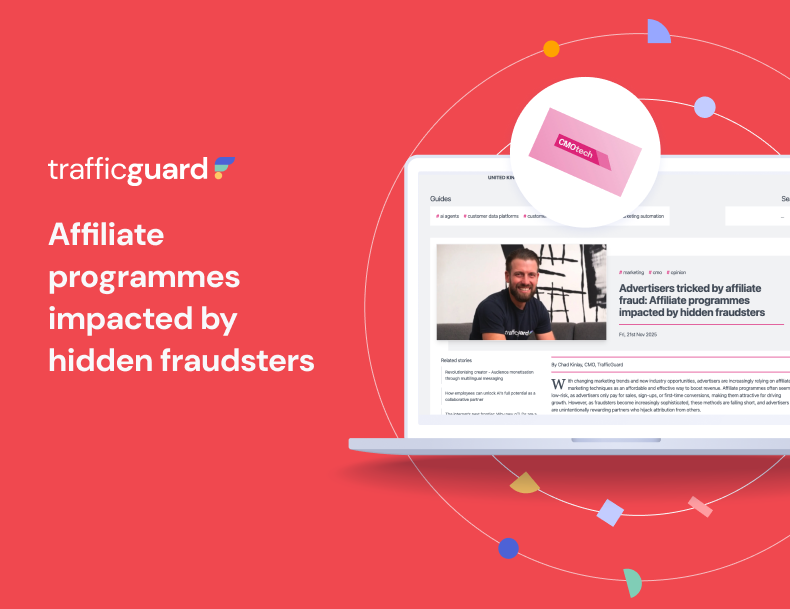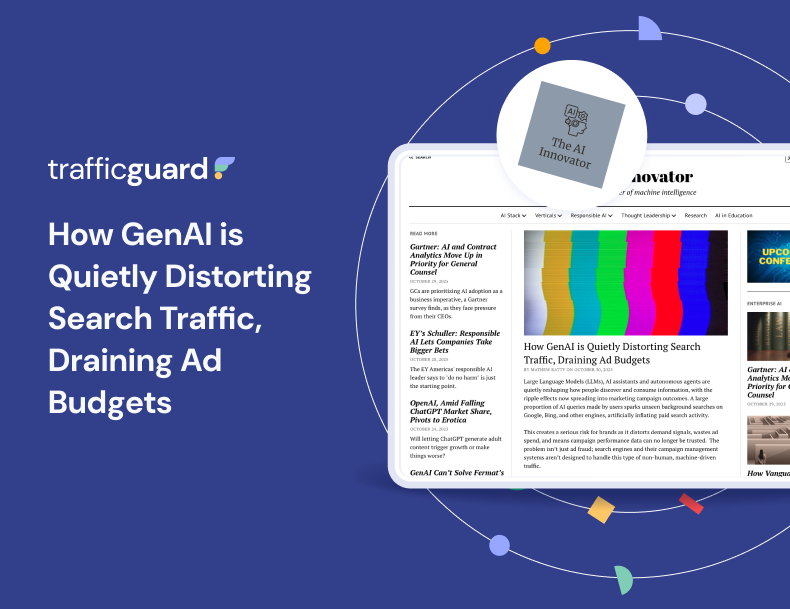New Risks in YouTube Advertising: Managing Brand Safety in Affiliate Marketing

New Risks in YouTube Advertising: Managing Brand Safety in Affiliate Marketing
In the world of digital marketing, brand safety is growing in importance as brands are using new tools to reach their target audiences. Recent revelations regarding YouTube’s misplacement of ads on children’s videos have highlighted the critical need for brands to closely monitor their affiliate marketing practices. The incident underscores the potential risks associated with entrusting affiliates to represent a brand online, as their actions can have far-reaching consequences on brand reputation and customer trust.
This recent exposé regarding YouTube’s advertising practices is a stark reminder that even tech giants can falter when it comes to maintaining brand safety. The platform was found to be displaying adult-themed ads such as credit cards and life insurance on made-for-kids videos while also gathering data on underage viewers. This alarming revelation has led to widespread criticism and regulatory scrutiny of Google and YouTube.
While the YouTube incident may seem distant from affiliate marketing, it serves as a cautionary tale that resonates deeply with brands that engage in affiliate partnerships. The essence of affiliate marketing lies in collaborating with partners who promote products or services to their own audience. This means brands are indirectly placing their reputation in the hands of their affiliates, trusting them to represent the brand responsibly and ethically. Brands must be aware of the risks involved with affiliate marketing and put the steps in place to ensure brand safety.
The Importance of Brand Safety
In the context of affiliate marketing, brand safety refers to the measures taken to ensure that a brand’s reputation is not damaged by the actions of its affiliate partners. It includes keeping a brand from appearing in unsafe environments and promoting it in a way that aligns with the brand’s values and messaging.
There are many reasons why brand safety is important in affiliate marketing:
- Reputation Management – A brand’s reputation takes years to build but can be damaged almost instantly. Just as YouTube’s image suffered from misplaced ads, brands partnering with irresponsible affiliates could find themselves associated with inappropriate content or unethical practices. This then doesn’t fair well with how they are perceived which has the potential of ruining the future of their brand.
- Trust Erosion – Trust is the foundation of any successful brand-customer relationship. If consumers perceive that a brand’s ads are appearing alongside inappropriate content, their trust in the brand could erode, leading to reduced loyalty and engagement.
- Regulatory Ramifications – In many jurisdictions, there are strict regulations regarding advertising to minors or placing ads on explicit or harmful content. Brands that do not exercise due diligence in monitoring their affiliates could inadvertently find themselves in legal trouble.
- Target Audience Alignment – Brands meticulously define their target audience. Placing ads on unrelated or inappropriate platforms not only wastes resources but can also damage the brand’s ability to resonate with its intended audience.
The Steps to Protect Brand Reputations
Brand safety in affiliate marketing is not something to be taken lightly. It can have harmful effects on a brand’s reputation and ad revenue as seen by the latest YouTube debacle. To ensure brand safety and get the most from their affiliate ad spend, brands should be taking the following steps:
- Thorough Vetting – Brands should carefully vet potential affiliates, ensuring they align with the brand’s values and image. It is vital that questions related to the validity of their sites and whether their content aligns with your guidelines are asked to weed out affiliates that are likely to damage reputations.
- Clear Guidelines – Marketers should provide affiliates with clear guidelines on where and how to place ads. By establishing boundaries from the outset, you can ensure alignment with brand values.
Regular Monitoring – Through continuously monitoring affiliate activities, brands can make sure guidelines are being complied with. A good step to do this is to onboard a trusted partner who can utilise the right technology and tools to track ad placements. - Open Communication – Maintaining open lines of communication with affiliates and encouraging them to report any issues they encounter while placing ads will put your brand in a solid position when it comes to ensuring brand safety. Trust between the brand and affiliate will build as a result, which in turn, strengthens loyalty in the relationship meaning there is less chance for breaches of brand safety.
- Immediate Action – If a brand discovers that an affiliate’s actions are compromising brand safety, swift action is essential. This may involve re-evaluating the partnership or taking corrective measures, which can be dealt with efficiently when carrying out the above steps.
Safeguard Your Brand for the Future
The YouTube incident serves as a sobering reminder that brand safety cannot be taken for granted in the digital landscape. For brands engaged in affiliate marketing, the lessons are clear: vigilance, monitoring, and alignment with ethical practices are paramount. By carefully selecting, monitoring, and nurturing affiliate partnerships, brands can safeguard their reputation and maintain the trust of their valuable customers.
Brand safety is not just a buzzword, it’s a responsibility that every brand must take seriously to thrive in the ever-evolving world of digital marketing.
Read more 👉 here
Get started - it's free
You can set up a TrafficGuard account in minutes, so we’ll be protecting your campaigns before you can say ‘sky-high ROI’.
At TrafficGuard, we’re committed to providing full visibility, real-time protection, and control over every click before it costs you. Our team of experts leads the way in ad fraud prevention, offering in-depth insights and innovative solutions to ensure your advertising spend delivers genuine value. We’re dedicated to helping you optimise ad performance, safeguard your ROI, and navigate the complexities of the digital advertising landscape.
Subscribe
Subscribe now to get all the latest news and insights on digital advertising, machine learning and ad fraud.







